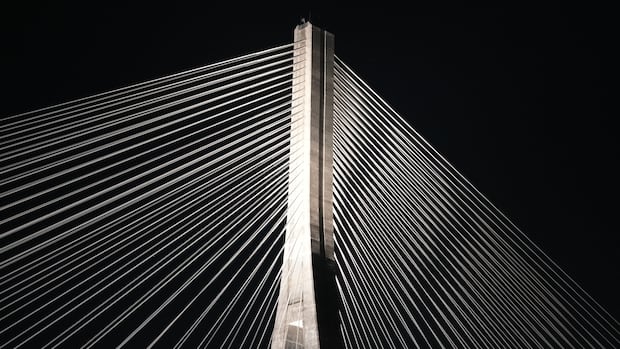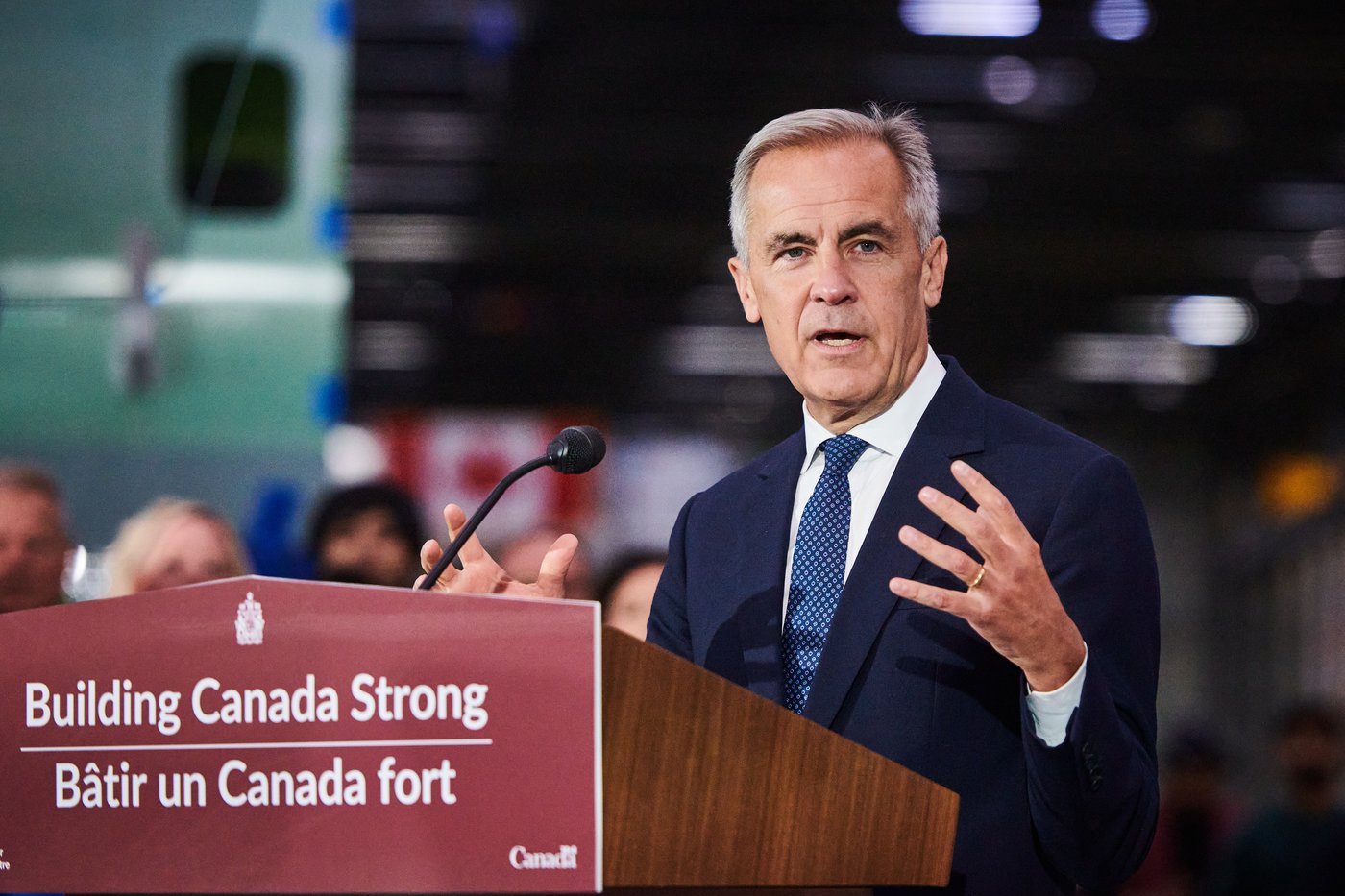Canada tried to copy New Zealand’s gun buyback program — what went wrong?

The Canadian government sought to follow New Zealand’s lead in 2020 when it launched a program to force gun owners to surrender military-style firearms. But while New Zealand acted quickly in 2019, Ottawa is still struggling to implement its own plan.
The government of then-Prime Minister Jacinda Ardern announced its firearms buyback program shortly after a white supremacist killed 51 people at two mosques in Christchurch in March 2019.
By the end of that year, New Zealand had collected 56,000 semi-automatic weapons under the supervision of the national police.
In order to move quickly, New Zealand set up mobile units where firearm owners could get refunds in exchange for their firearms. They could also obtain compensation at 43 participating firearms retailers.
Supt. Richard Wilson of the New Zealand Police said the key to the program’s success was the work it put into building trust with gun owners.
“The big thing for us in New Zealand was getting the buy-in of the firearms community. Without that, it can be very challenging,” he told Radio-Canada.
“We worked really hard to work with them right from the outset.”
In Canada, meanwhile, the firearms industry and individual gun owners have vigorously opposed the project, which was announced by Prime Minister Justin Trudeau in 2020.
A poor relationship with gun owners
The Canadian firearms community describes the operation as a “confiscation” or “gun grab.” Many gun owners say they hope Pierre Poilievre’s Conservatives form the next government and cancel the program.
“I think it will be a dismal failure, if it ever happens at all,” said Tony Bernardo of the Canadian Shooting Sports Federation. “The Liberals have demonstrated, in the last four years, zero capacity to pull this off.”
Wes Winkel, president of the Canadian Sporting Arms and Ammunition Association (CSAAA), said the level of trust between gun owners and the federal government “couldn’t be at a lower spot.”
In Canada, firearms retailers have shown no interest in helping the government collect firearms from individual owners — unlike their counterparts in New Zealand.
In fact, the federal government has not yet explained how it intends to collect the weapons it banned in 2020.
Until recently, Ottawa had been hoping that Canada Post would act as a major partner in the project. But the Crown corporation balked, telling the government earlier this year that it could not risk the safety of its staff and facilities by collecting guns.
The federal government now hopes to work with the RCMP and police forces in Ontario and Quebec to implement the project.
From the beginning, New Zealand’s gun buyback program moved far faster than Ottawa’s efforts. Wilson said the Christchurch massacre was “the major triggering event” for the program.
“It led to a real shock through the system at all levels … in the community, very much felt right across New Zealand communities, but also felt through the political and policy system as well,” he said.
He added that it was important to “strike while the iron is hot.”

In Canada, calls to ban military-style weapons started in the immediate aftermath of the Polytechnique massacre on December 6, 1989 — almost 35 years ago.
After 25-year-old Marc Lépine murdered 14 women at the school with a semi-automatic rifle, a petition with more than 500,000 names was tabled in the House of Commons calling for a ban on military-style firearms, except for soldiers and peace officers.
Ottawa launched the buyback program in 2020 shortly after the mass shooting in Portapique, Nova Scotia, which left 22 people dead.

The government started by banning 1,500 types of firearms that year, with the promise to buy them back. Four years later, however, the buyback program still hasn’t started.
New Zealand completed its buyback program in less than a year.
Nathalie Provost, a survivor of the Polytechnique massacre and spokesperson for the gun control group PolyRemembers, praised New Zealand for tackling its buyback program “with force, rigour, discipline.”
“It was clear that the program bothered [gun owners], but they ripped off the Band-Aid quickly and it was over,” she said.
“[In Canada], we stretch and stretch and stretch, and then the more we stretch, the more it hurts, the more irritants there are.”
And Ottawa still hasn’t told gun owners how much money they’ll collect in compensation for their surrendered firearms. That price list won’t be made public until the fall, when the government is set to begin buying back banned guns from companies that still have them in their inventories. The buyback program for individuals isn’t expected to launch until the spring of 2025.
Supt. Wilson said New Zealand’s program was careful to ensure gun owners were “fairly reimbursed.”
“So some people came in very upset and left quite happy with what the end result was,” he said.



